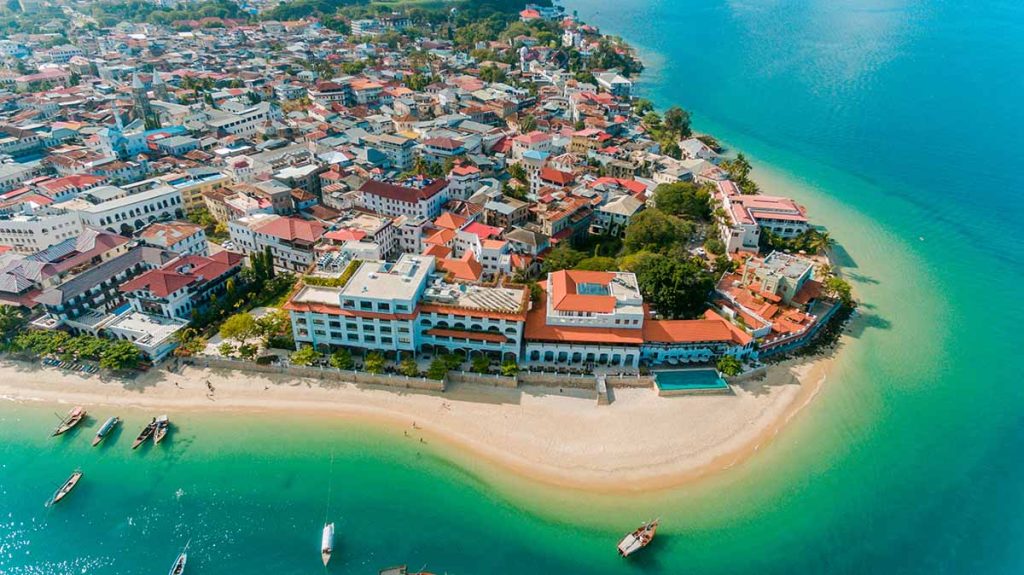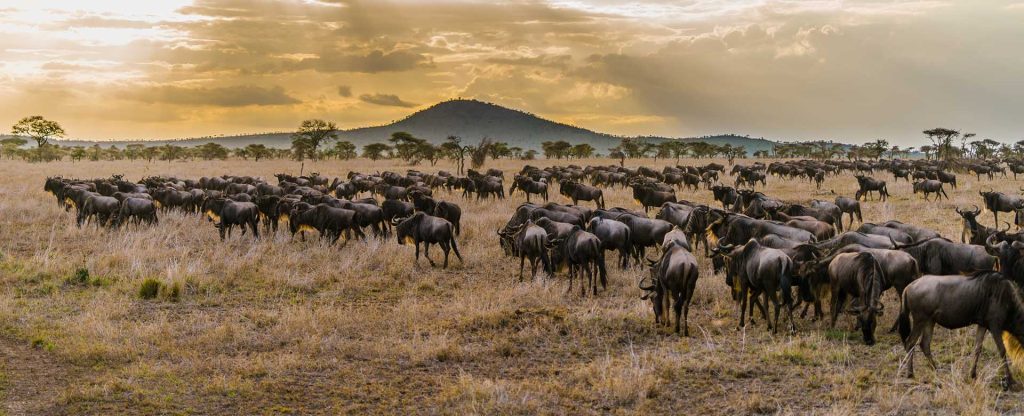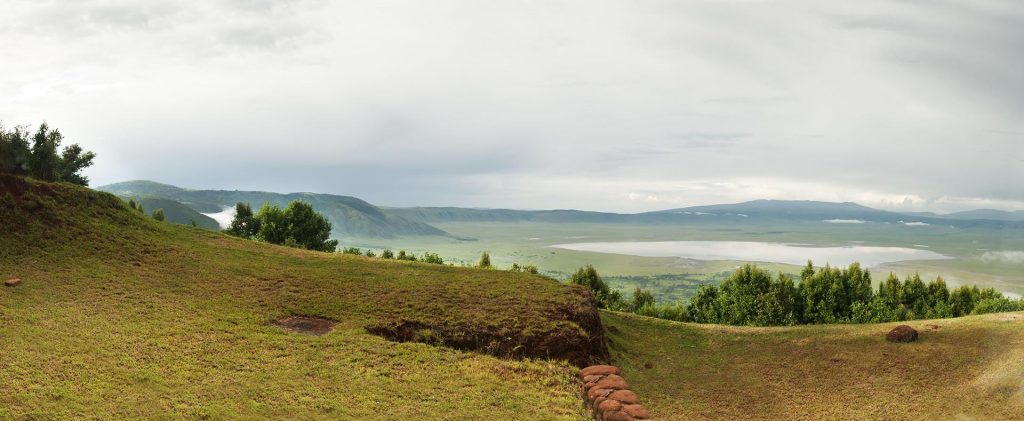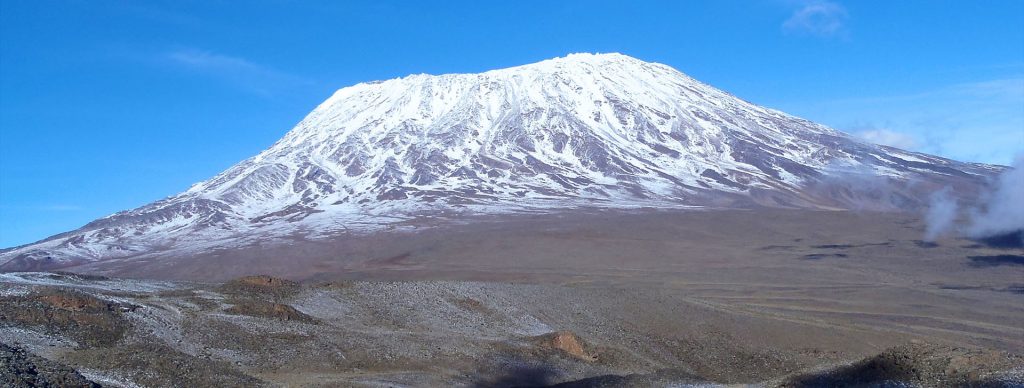Tanzania Top Destinations
Lake Manyara National Park
As you approach Lake Manyara National Park, the Rift Valley escarpment emerges on the eastern horizon, creating a breathtaking backdrop to the lake. Nestled at the foot of the Great Rift Valley escarpment, the park is renowned for its exceptional beauty. The park’s diverse habitats are easily visible, including the rift wall, the lush ground water forest, acacia woodlands, expansive grasslands, the serene lake shore, swamp, and the lake itself.
Visitors can expect to encounter a variety of wildlife such as lions, often found resting in the acacia trees, zebras, elephants, waterbucks, hippos, baboons, and a wide array of bird species. It is truly awe-inspiring to witness the stunning setting on the edge of the Mto Wa Mbu escarpment, overlooking the magnificent Great Rift Valley and the captivating Manyara soda lake. While the allure of tree climbing lions is undeniable, the park’s extraordinary birdlife has also earned it global recognition among ornithologists, who flock here to observe the vibrant flocks of pink flamingos and birds of prey.
By road:
Lake Manyara National Park is situated in the northern part of Tanzania, approximately 126 km west of Arusha town. It is conveniently positioned along the Makuyuni-Ngorongoro road, making it easily accessible by both road and air transportation, including charter or scheduled flights. The park’s strategic location along the highway to Ngorongoro and Serengeti adds to its accessibility and popularity among visitors. Additionally, the park is in close proximity to the culturally rich town of Mto wa Mbu, where one can experience a diverse representation of the 120 tribes of Tanzania.By Air:
Most safaris in this region, particularly Manyara NP, typically commence from the town of Arusha. The most convenient way to reach Arusha is by flying into Kilimanjaro International Airport (JRO), which is approximately 46km/29mi away. Alternatively, travelers can opt to fly into Julius Nyerere International Airport (DAR) in Dar es Salaam and then take a domestic flight to either Arusha Airport (ARK) or Kilimanjaro International Airport (JRO). While there are flights available from Arusha and the Serengeti to Manyara’s airstrip, the journey from Arusha by car on the well-paved road only takes around one and a half hours. Most visitors choose to explore the circuit by safari vehicle, especially since the park is en route to Ngorongoro Crater and Serengeti, the other renowned parks of the northern circuit.The park boasts an abundant variety of wildlife and is renowned for its iconic tree-climbing lions and majestic elephants with impressive tusks. The vast grassy plains attract large herds of buffalo, wildebeest, and zebras. For an up-close encounter with these magnificent creatures, the hippo pool is an excellent spot. Additionally, the lake serves as a seasonal sanctuary for numerous flocks of flamingos, while the shoreline is home to a diverse range of waterbirds throughout the year.
When it comes to the best time to visit Lake Manyara, wildlife watching opportunities are favorable throughout the year. However, it is considered high season in the park, with the exception of the wetter months of April and May. During this time, prices are at their peak, and the park tends to be crowded, especially in the mornings. Alternatively, the Wet season from November to May sees fewer visitors, making it a more tranquil period to plan your visit.
At Lake Manyara, the climate remains cool as it never reaches extreme temperatures. During the Wet season (November to May), the average daytime temperatures reach a maximum of approximately 29°C/84°F. This period follows a pattern of short rains for a month or two, followed by a dry spell, and then a longer duration of rain. In the Dry season (June to October), the weather is slightly cooler. However, the nights experience a significant drop in temperature. While freezing conditions are uncommon, they can occur occasionally.






